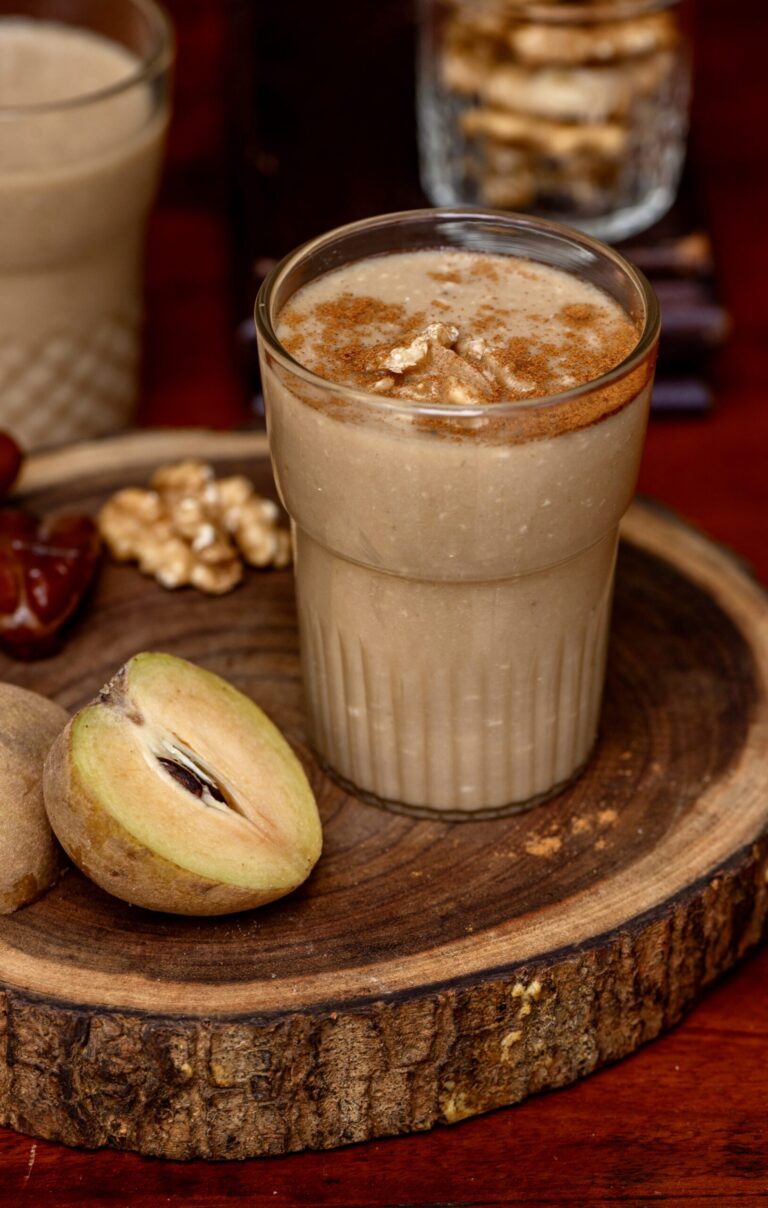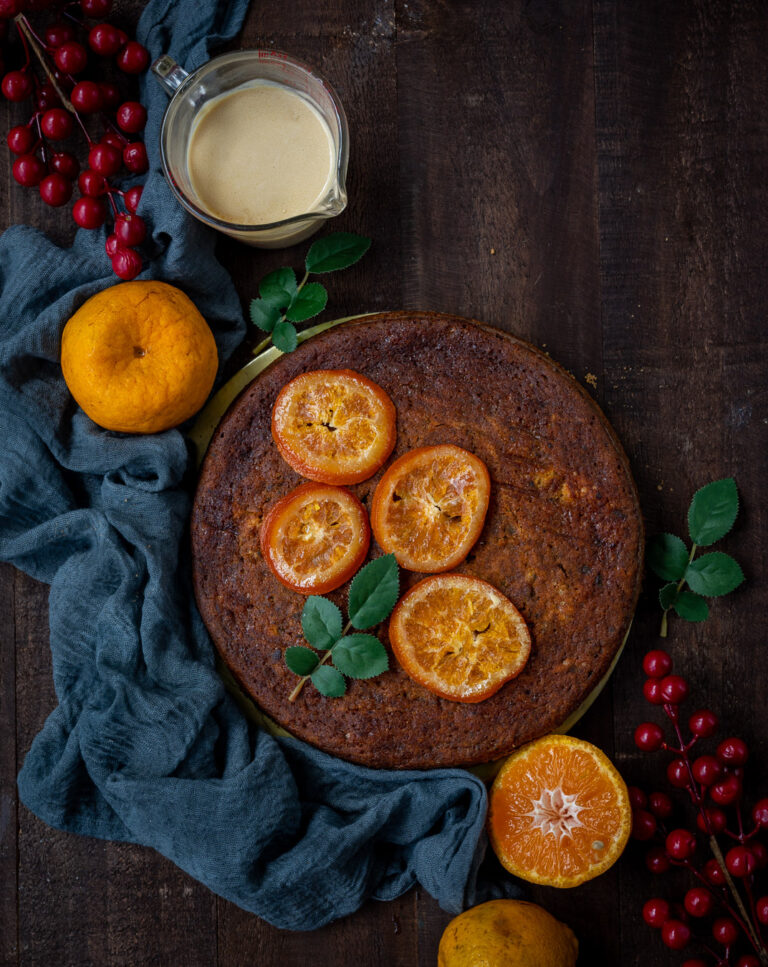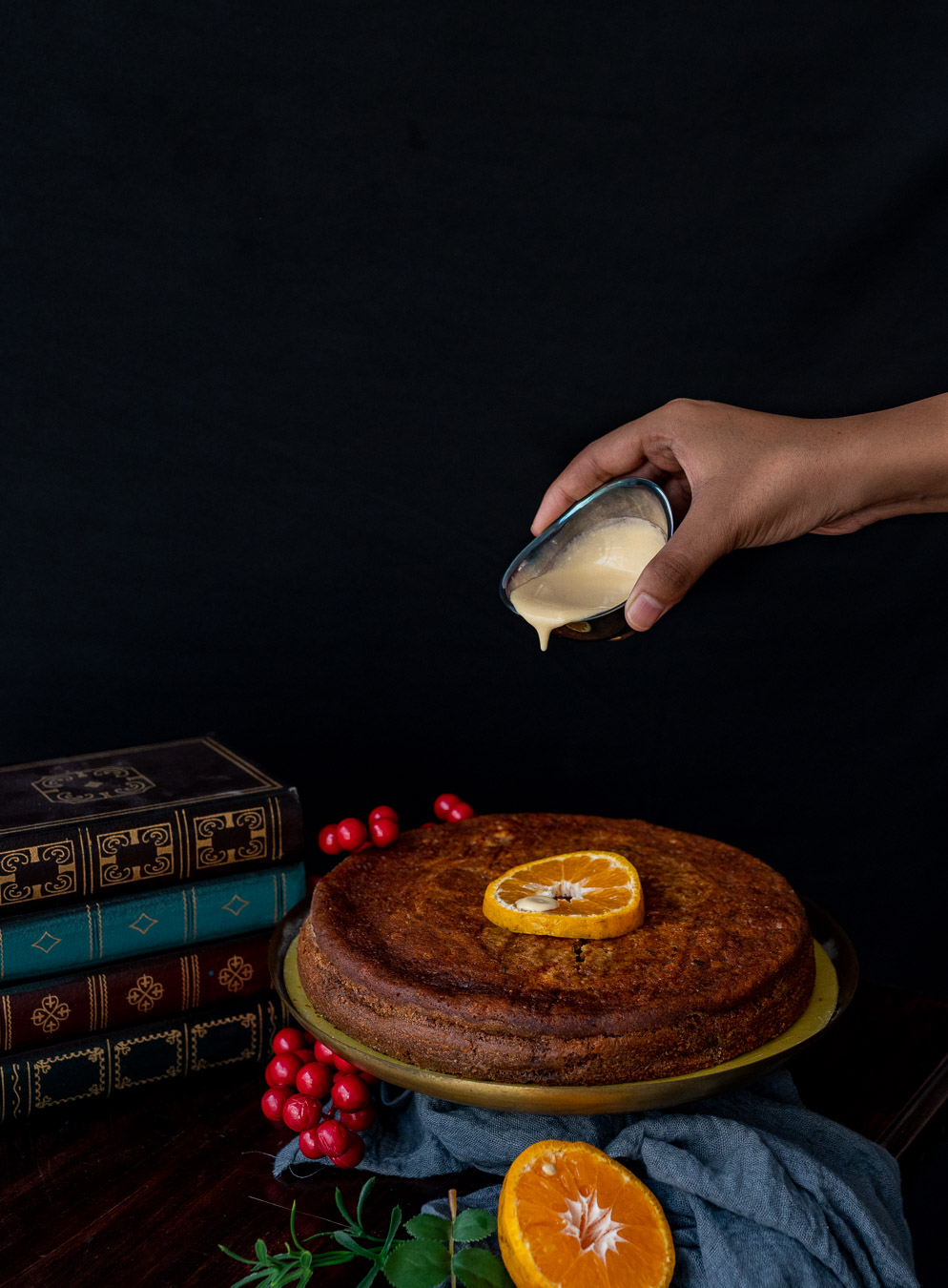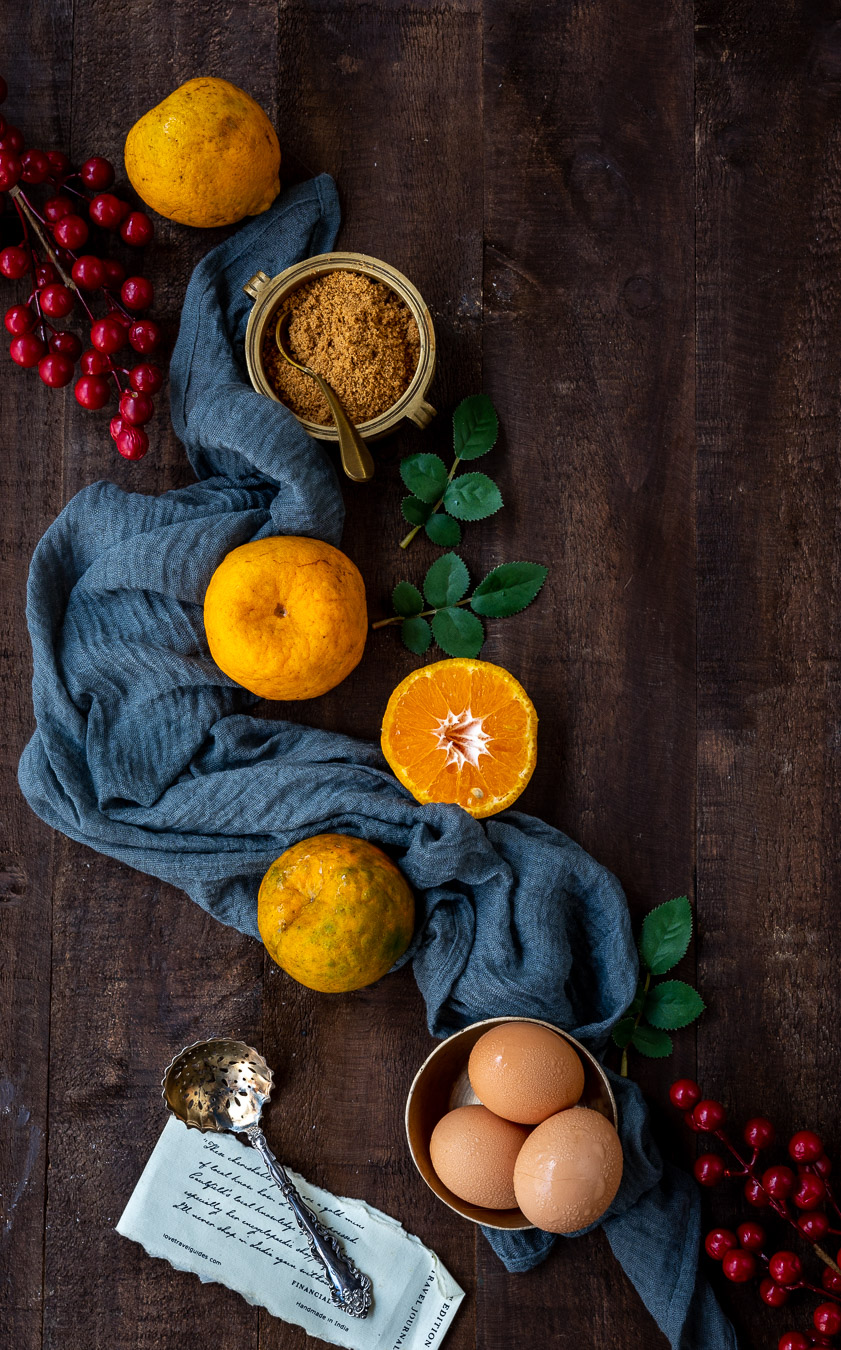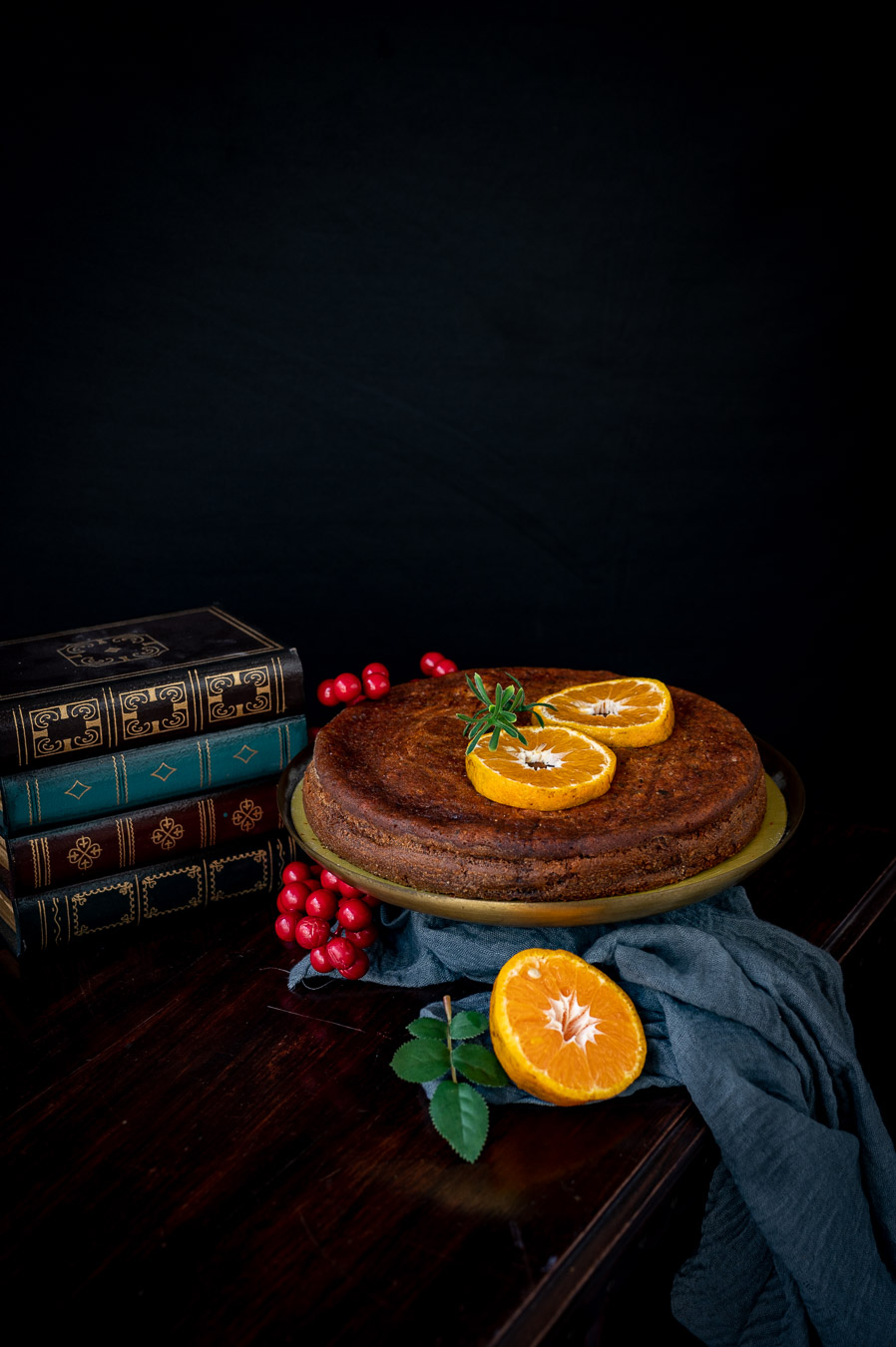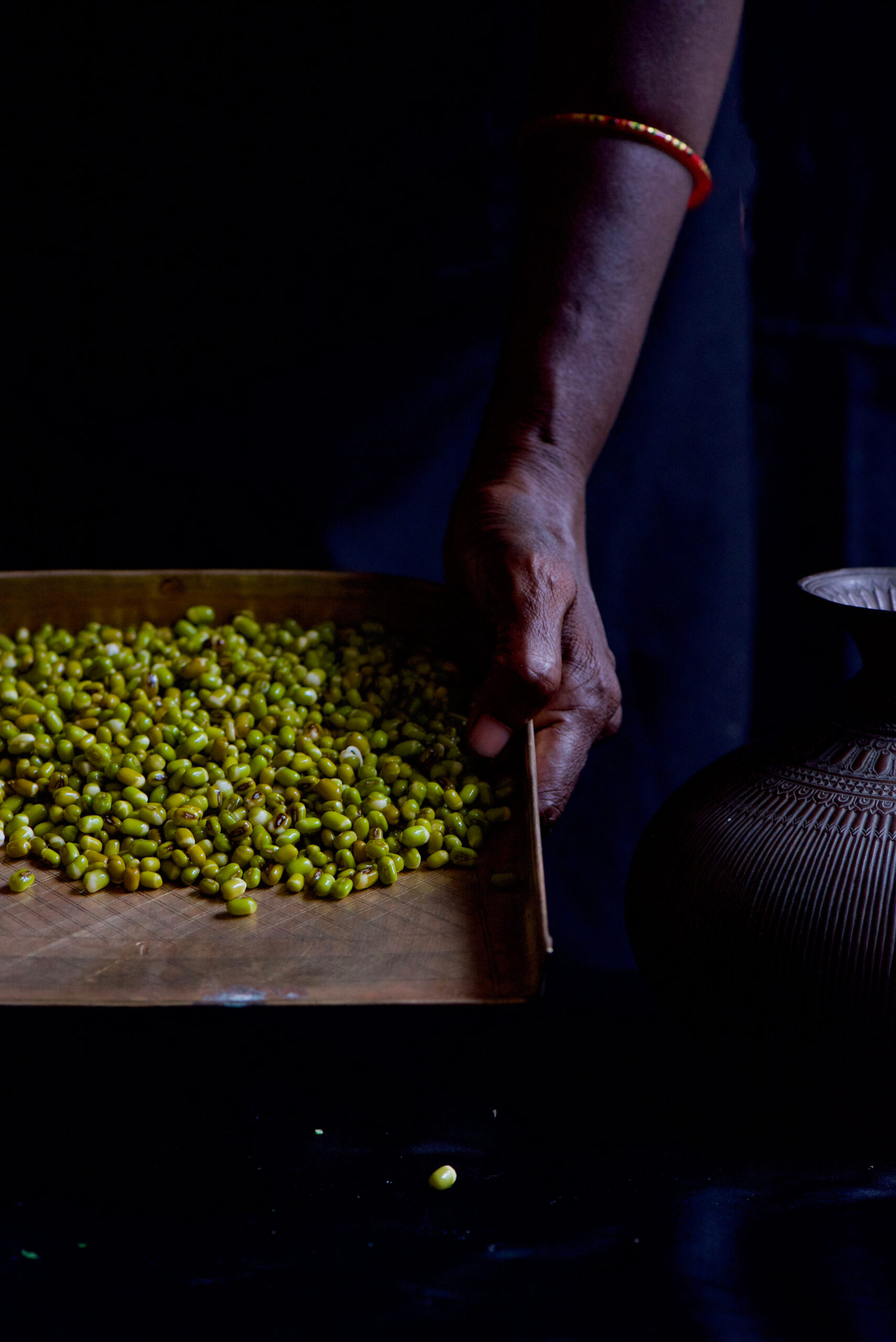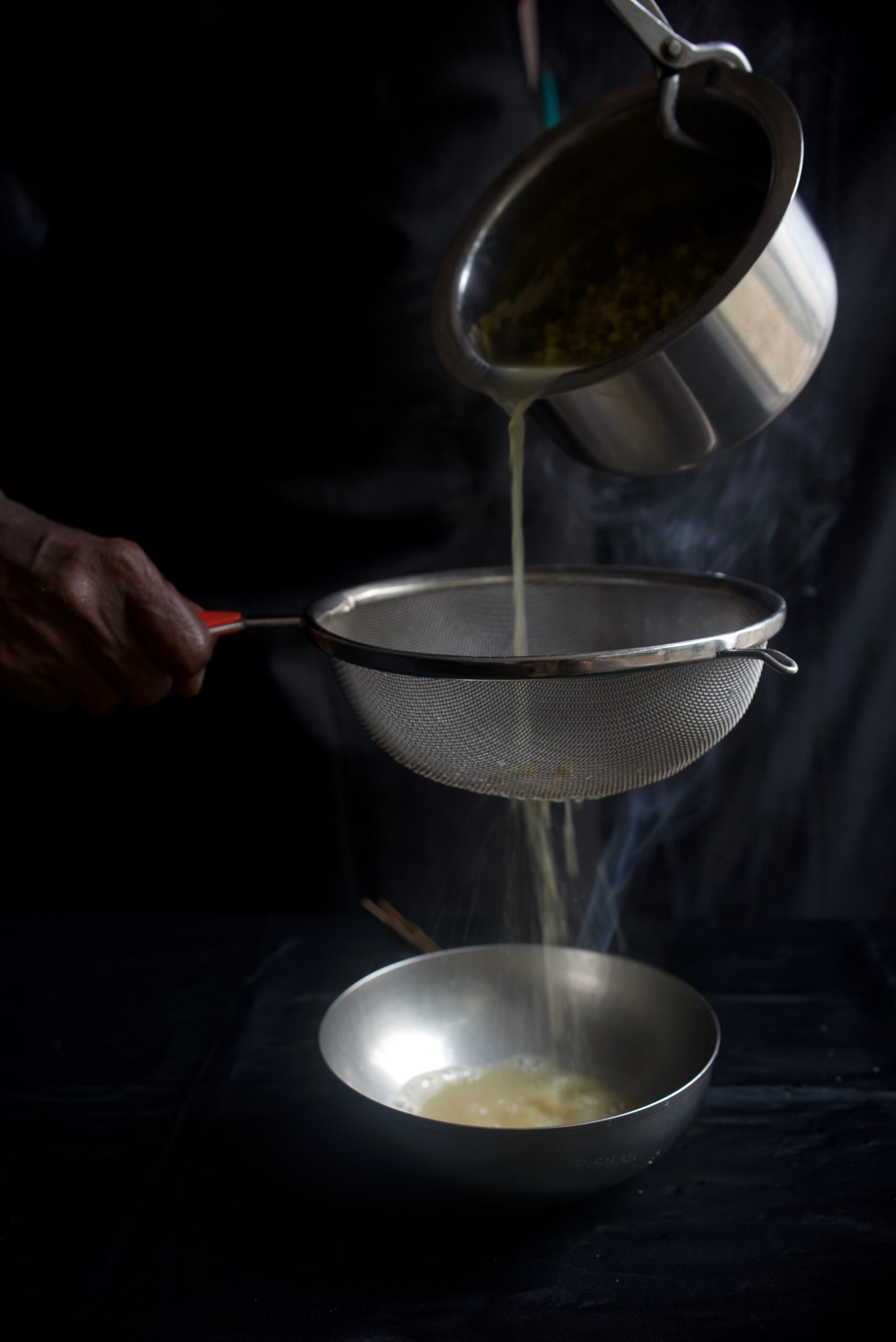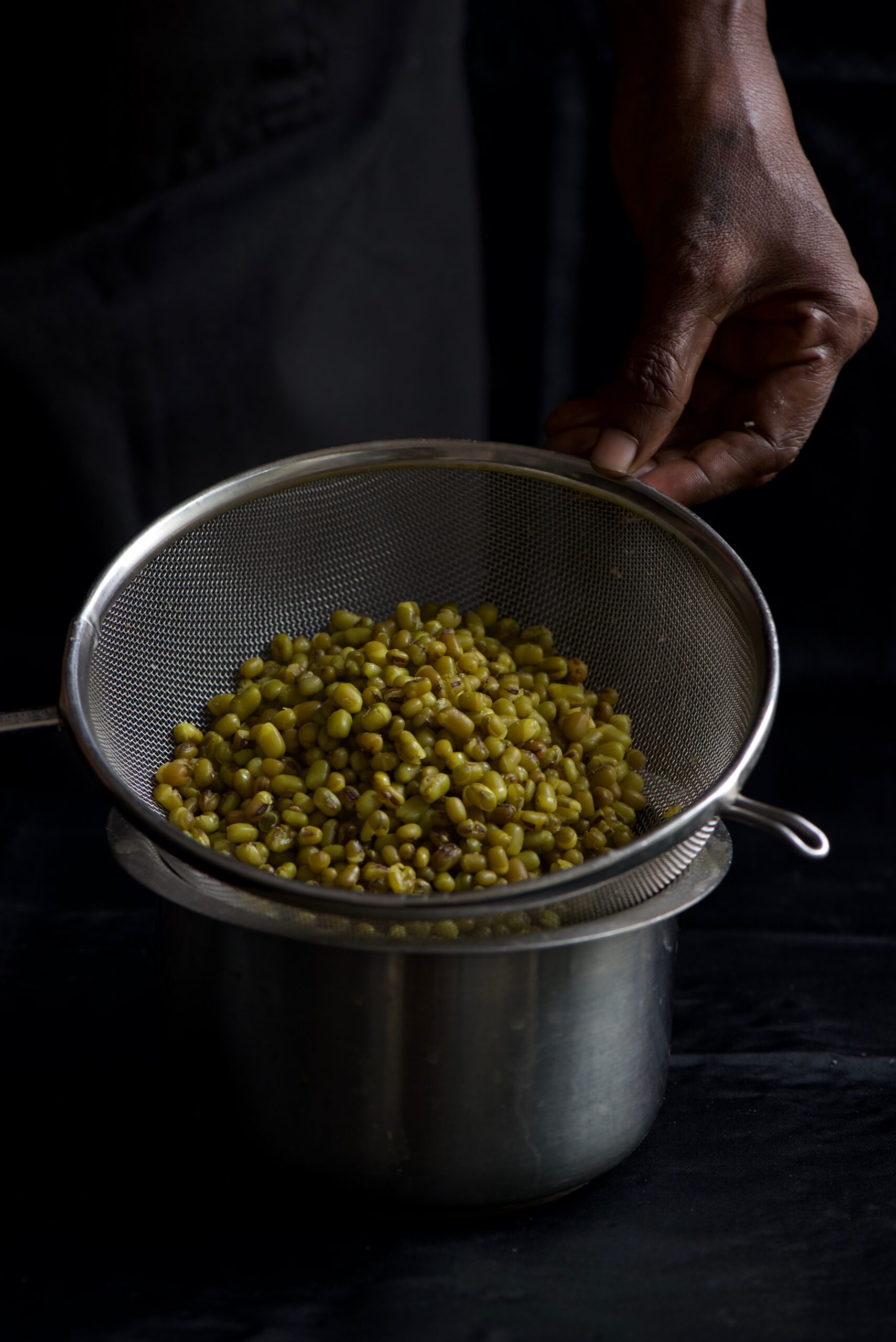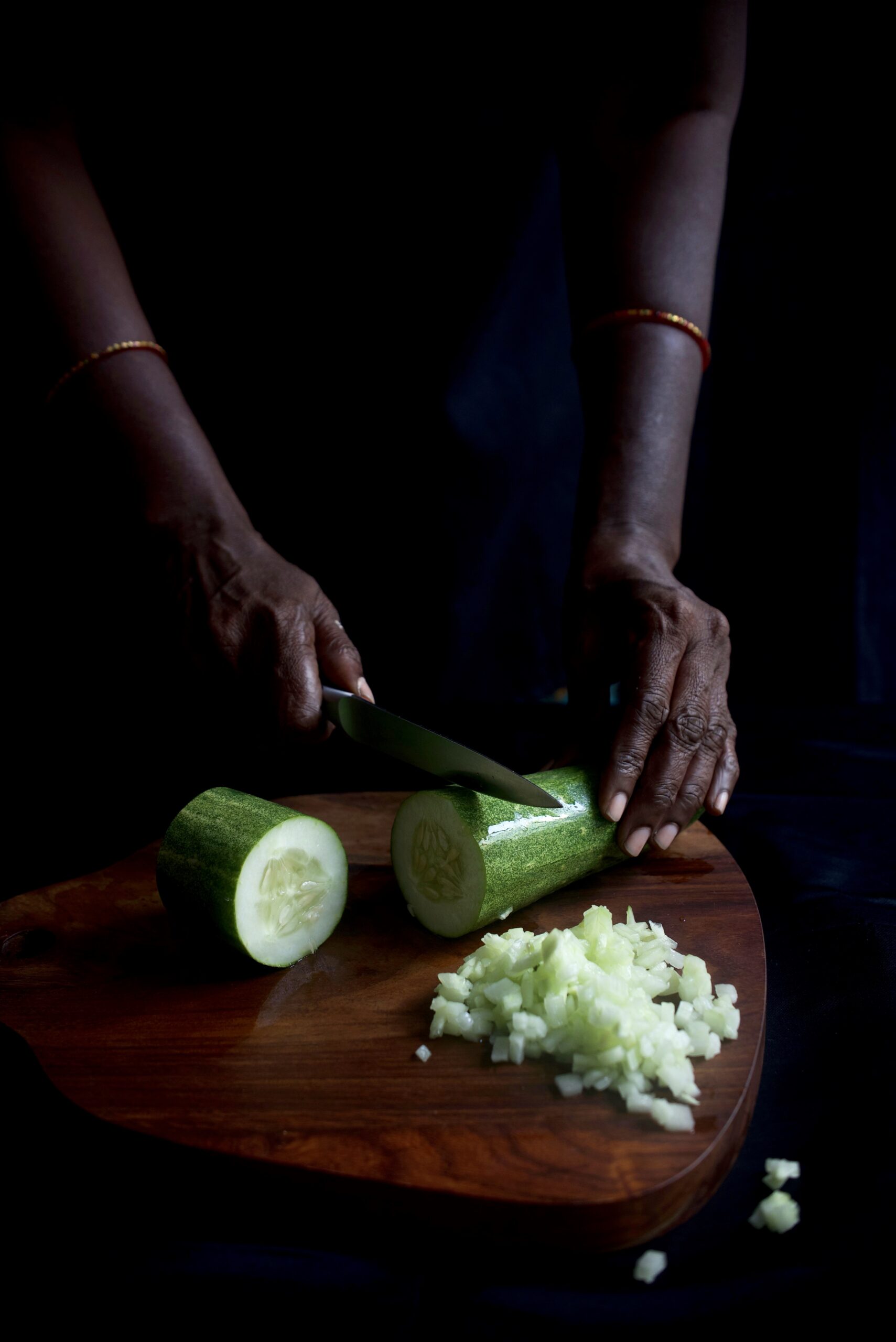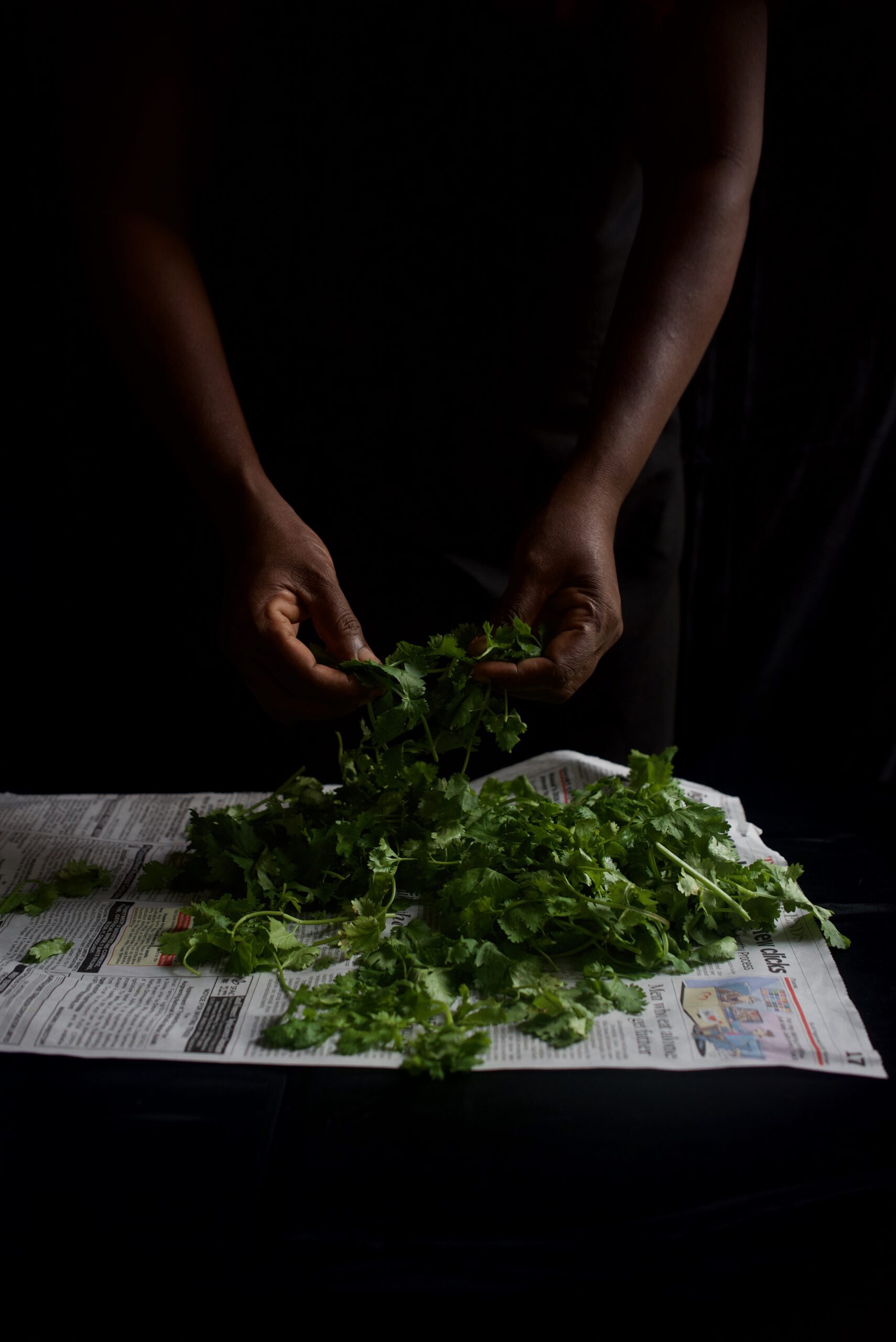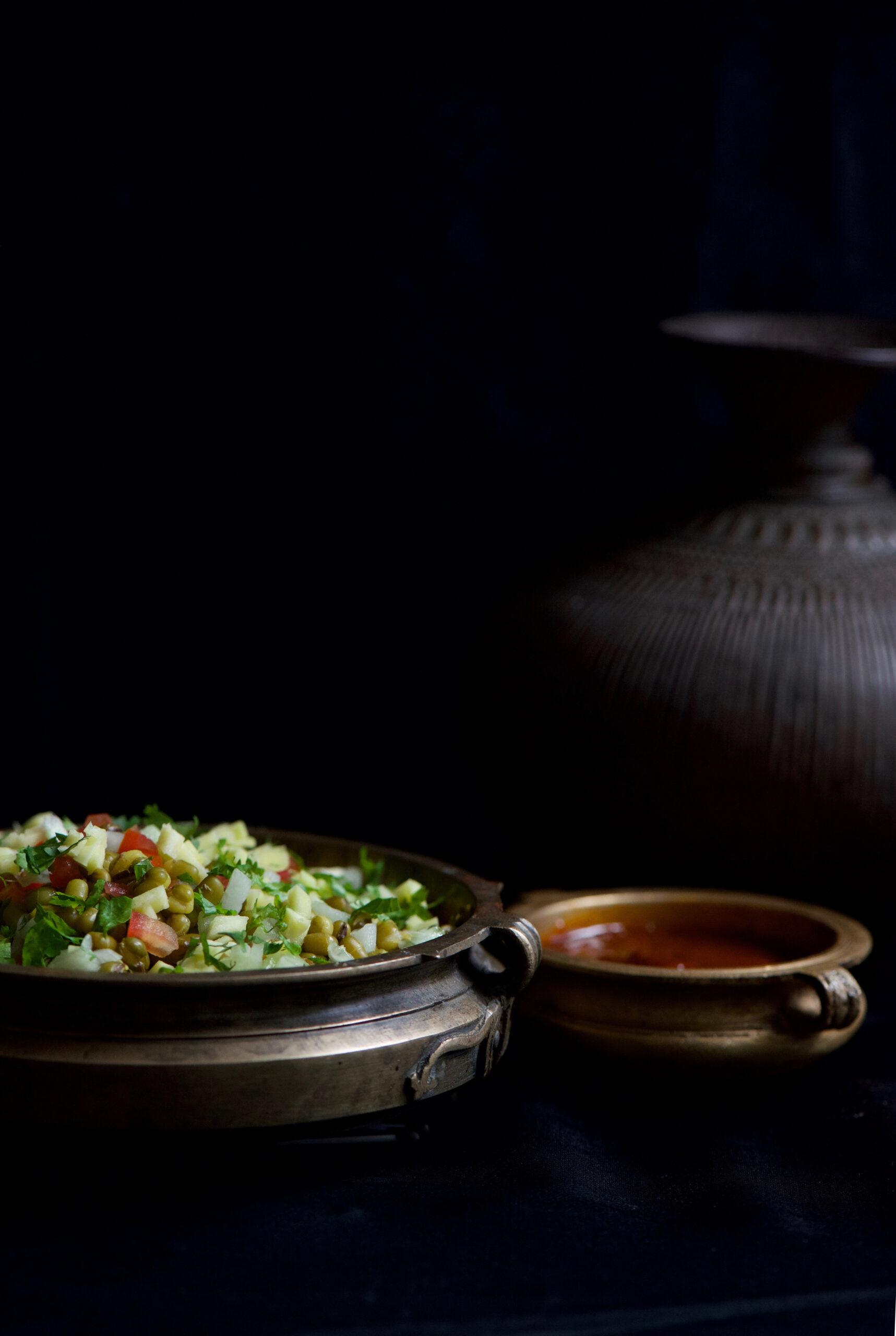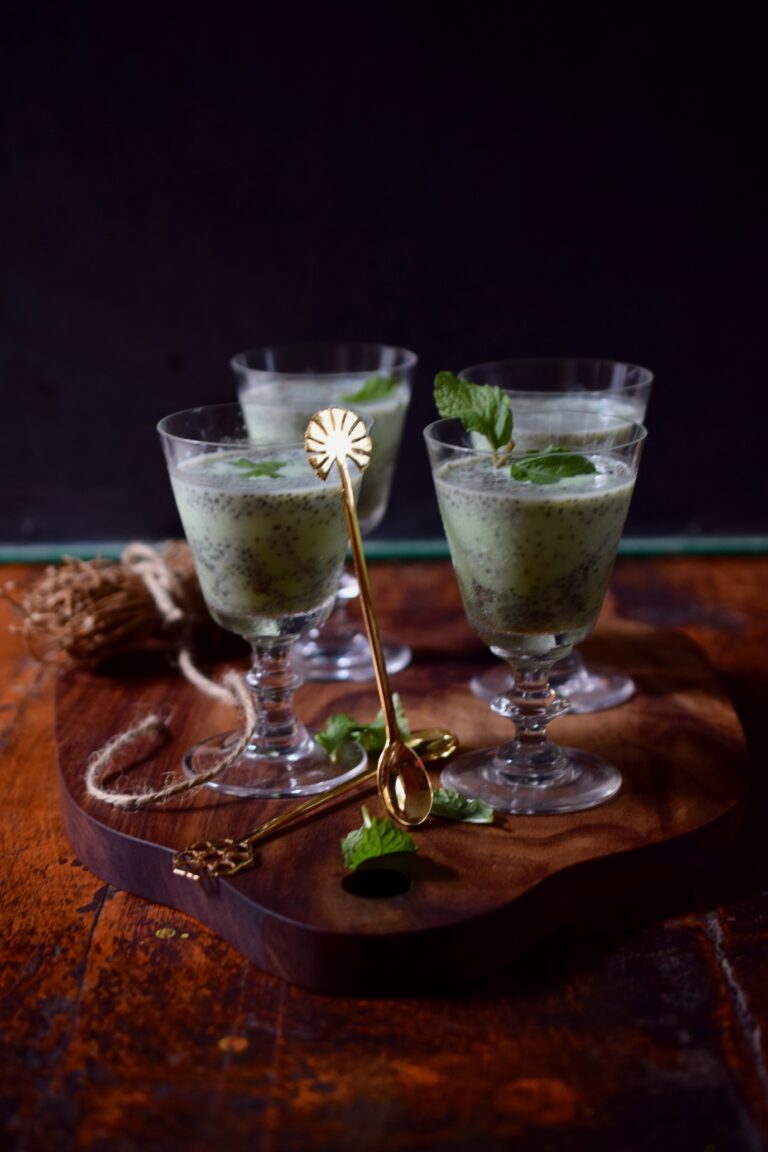Chikoos – also known as sapotas or sapodillas – are common in India and other Asian countries, but not elsewhere, as far as I know. To me, this makes them a rather exotic fruit in other parts of the world. For instance, my aunt in the USA settles for frozen chikoos, which honestly are nowhere close to fresh ones in taste. Many other fruits are also in this category of best eaten fresh, but rarely found in that perfect state. While chikoos are widely available in India when they are in season, the season itself is short. I’ve made the most of it with this lovely chikoo-date shake.
When I say it’s lovely, I do acknowledge that chikoos are the kind of fruit that people either adore or don’t like in the least. In terms of Indian fruits, custard apples or sitaphals are another one that are equally divisive. I’m sure you know a few more like these.
As far as my home is concerned, my mother-in-law and I simply love it, and we love it in different forms, so we are big fans of this shake. My own enjoyment is to the extent that if there are three ripened chikoos in a bowl, I will eat all three and consider them a meal. Our chikoos come from a huge tree in our backyard, and the season is certainly not going to waste in our home.
I have consumed chikoos whenever I have been able to throughout my life, and there are two particular sets of memories that they evoke. One dates from when I was a newlywed visiting my husband’s family home in Ahmedabad. There was a lady there who used to take orders for homemade chikoo ice cream. It was so delicious that I ordered a scoop every single day during those early visits.
The other set of memories goes further back, to my childhood during which Chennai was a place in which just about every neighbourhood had both fruiting and flowering trees. This is not the case any longer, but back then, fresh, organic and free-of-cost fruits were literally in our backyards. I believe I have mentioned in previous posts that climbing trees was one of the regular activities that my siblings, friends and I enjoyed. Chikoo trees were too tall for this, so what we would do was to use a long, hooked stick to pluck the fruits. We would all gather together and stand beneath it and catch the fruits as they fell. If they hit the ground, they would splatter, so we would scramble to make sure they landed right into our hands. There was always an abundance of fruit, at the right time of year, so we didn’t care if we missed catching them – but the split fruit definitely attracted flies! I suppose you could say we built up our immunity this way. Summertime was always full of experiences like this.
I’ve found that this shake is tastiest when the chikoos are just a bit overripe. When you touch the fruit, if it has softened just a little, you know that it’s ripe and ready to peel and eat. If it is a bit too soft, it is overripe, and better for a shake. You can also eliminate the dates altogether, unless you prefer the shakes extra sweet. I use dates not only for their sweetness quotient, which I have a fondness for as I’ve admitted numerous times on this blog, but also because they also have nutritional benefits of their own, such as boosting iron in the body and a high fibre content.
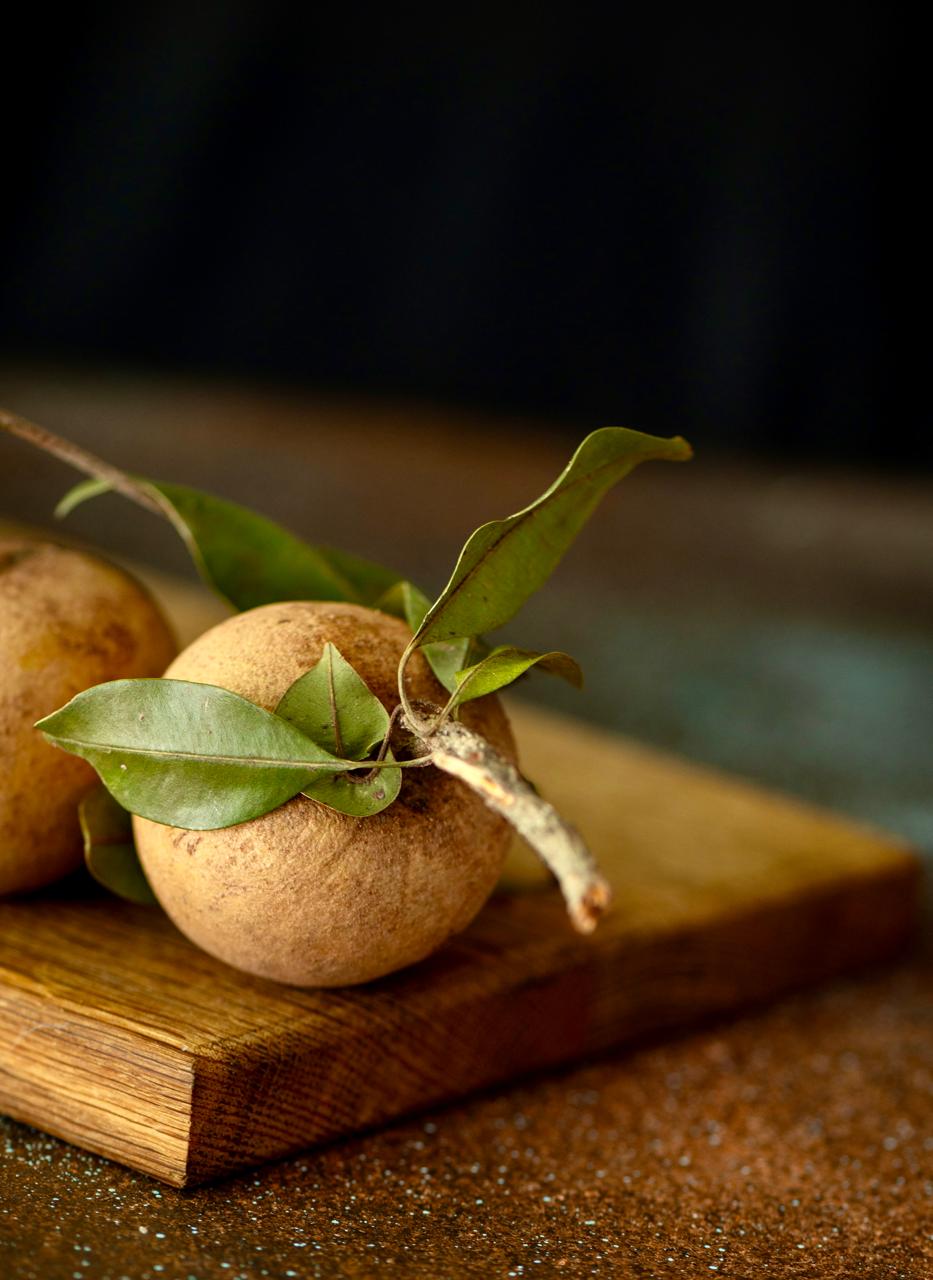
![]()
![]()
![]()
Chikoo-Date Shake
(Serves 2)
2 small ripe or slightly overripe chikoos
2-3 walnuts
2 dates (soft)
½ cup milk
1½ cups cold water
In a blender, add the walnuts and the dates and grind coarsely. Blanched almonds also work well in lieu of the walnuts.
To this mixture, add the milk and water. You may want to use milk only, undiluted. You can also add a protein powder. Blend well once again.
Pour into glasses and serve. I think this shake tastes great when topped with ice and cinnamon powder. You may want to garnish as you prefer.
If you’re a fan of shakes in general, even if you aren’t a fan of chikoos, you may want to check out other recipes that will quench your thirst while giving you a healthy boost!

